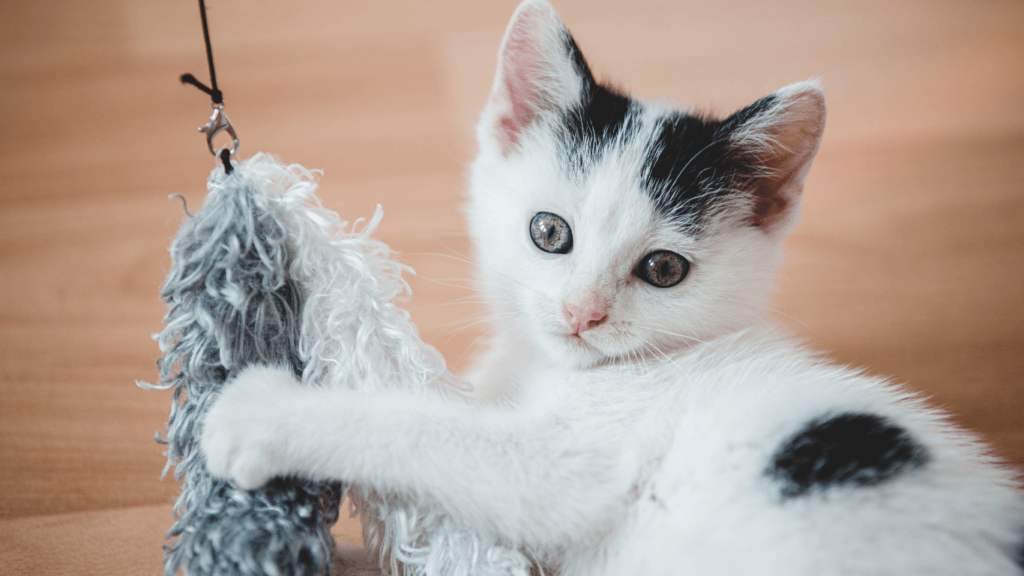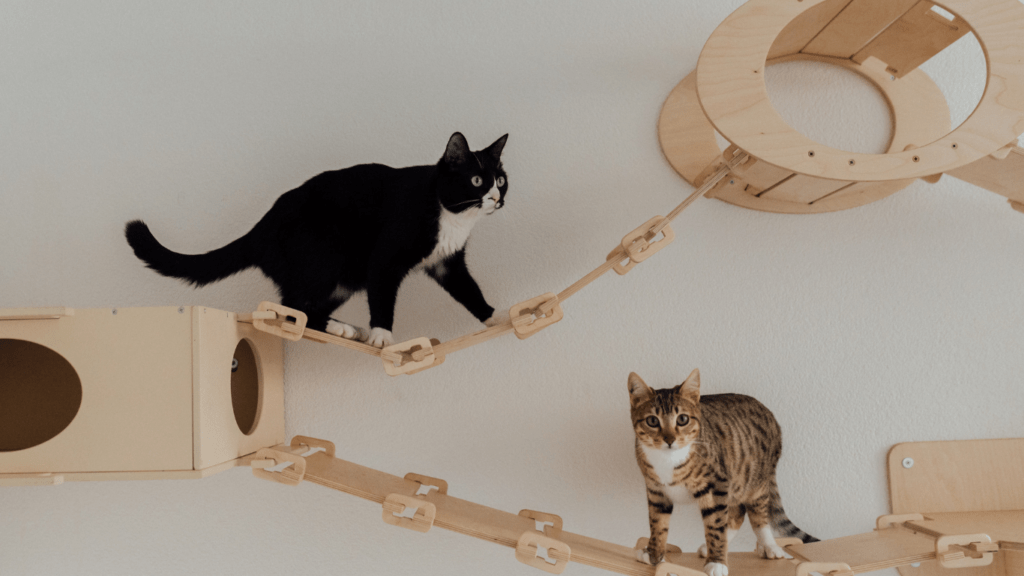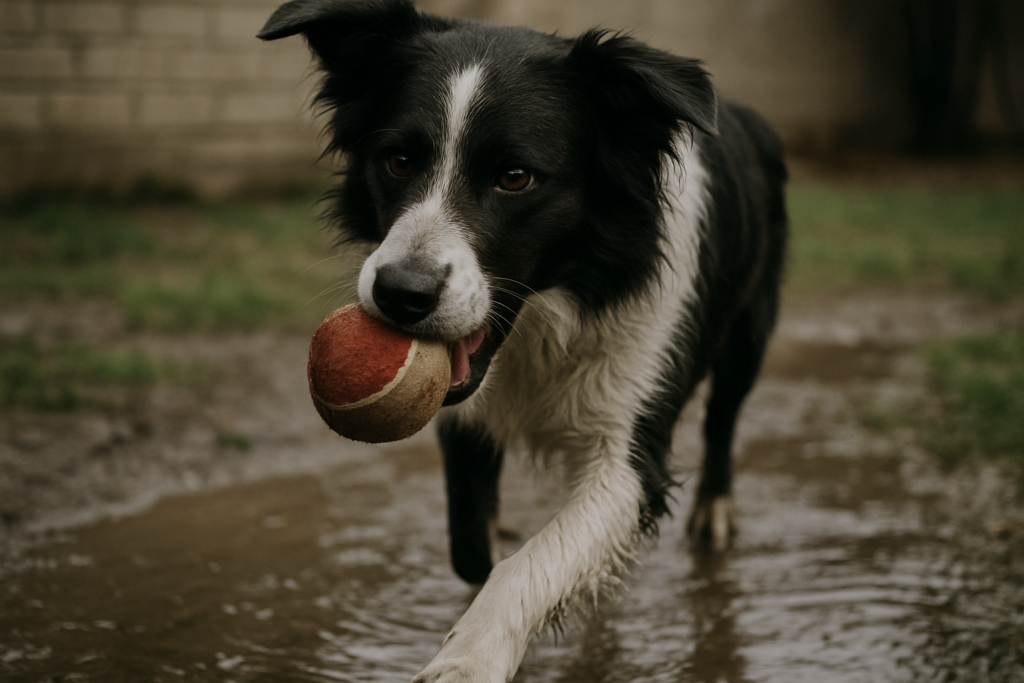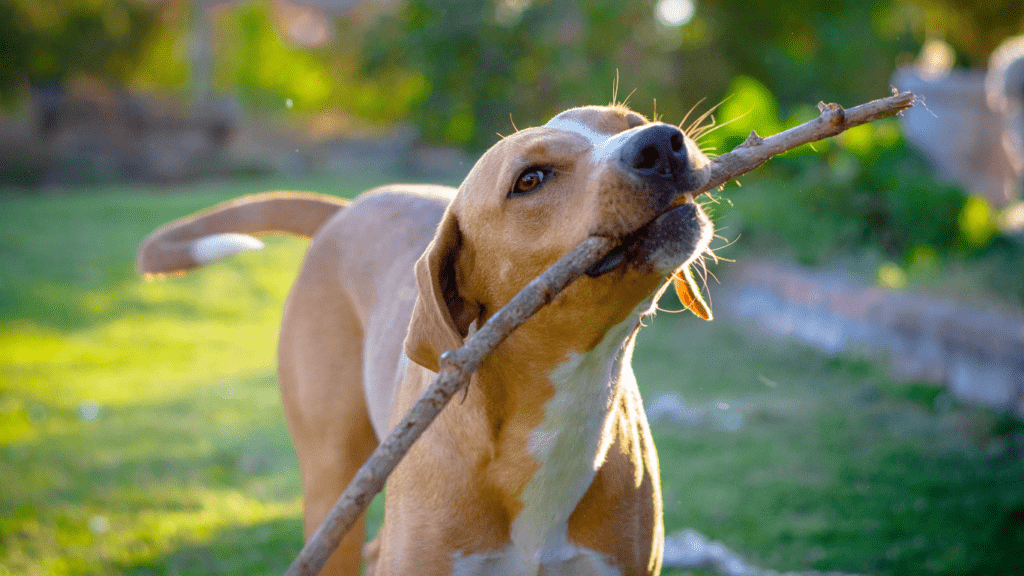Benefits of Interactive Toys for Pets
Interactive toys offer numerous benefits that contribute to a pet’s overall well-being.
Enhancing Cognitive Functions
Interactive toys stimulate a pet’s mind, enhancing cognitive functions. Puzzle feeders, for instance, encourage pets to strategize as they work to retrieve food.
This mental exercise helps prevent boredom and keeps their brains sharp. Toys with hidden compartments or interactive features, like treat-dispensing balls, also require pets to think critically, promoting problem-solving skills.
Encouraging Physical Activity
Interactive toys also promote physical activity. Fetch toys, such as balls or frisbees, motivate pets to run and jump, providing essential exercise.
Tug-of-war ropes and interactive laser pointers get pets moving and help expend their energy. Active play with these toys not only maintains physical fitness but also supports weight management.
Types of Interactive Toys
Interactive toys boost pet engagement and contribute to their well-being. Different types of toys provide various stimuli.
Puzzle Toys
Puzzle toys, like the Nina Ottosson Dog Tornado, challenge pets to solve problems for rewards. These toys enhance cognitive function through strategic thinking. Pets slide, lift, or rotate pieces to access hidden treats.
Treat-Dispensing Toys
Treat-dispensing toys, such as the KONG Classic or PetSafe Busy Buddy, combine play with rewards. These toys dispense treats as pets interact with them, providing mental and physical stimulation. Pets can roll, bounce, or gnaw to release treats.
Electronic and Robotic Toys
Electronic and robotic toys, like the PetSafe Bolt or iFetch, use technology to keep pets engaged. These toys offer such as:
- automated movement
- lights
- sounds
simulating prey and encouraging active play. Pets chase, pounce, and stalk these dynamic toys.
Choosing the Right Interactive Toy

Selecting the ideal interactive toy for your pet involves understanding their unique needs and preferences. Properly chosen toys can significantly enhance your pet’s engagement and overall well-being.
Based on Pet Type and Size
Different pets benefit from different toys based on their type and size. For dogs, chew toys like the KONG Classic are suitable for larger breeds, while softer toys fit smaller breeds.
Cats prefer toys like laser pointers, such as the PetSafe Bolt, or small bouncing balls. Birds enjoy foraging toys that challenge their beaks and minds, like the Super Bird Creations Foraging Box.
Considering size, ensure the toy’s size is appropriate to prevent swallowing hazards. For example, a Labrador Retriever’s puzzle toy should be larger and tougher compared to a toy for a Chihuahua.
Considering Your Pet’s Temperament
Your pet’s temperament influences the ideal type of interactive toy. Active pets benefit from toys that promote movement and energy expenditure, like the iFetch for dogs who love fetching games.
More reserved pets might enjoy comfort and security, preferring toys that offer mental stimulation without too much physical activity, such as treat-dispensing balls.
If your pet shows signs of anxiety, toys like puzzle feeders can distract and calm them effectively. Ensuring the toy aligns with your pet’s natural behaviors maximizes engagement and reduces potential stress.
Safety Tips for Interactive Toys
Keeping pets safe is essential to ensure they enjoy and benefit from interactive toys. Always prioritize safety when choosing and using pet toys.
Checking for Non-Toxic Materials
Select interactive toys made from non-toxic, pet-safe materials. Avoid toys with harmful chemicals or small parts that could pose choking hazards. Verify labels and certifications indicating materials comply with safety standards.
Brands like KONG, PetSafe, and Outward Hound offer products with high safety ratings.
Regular Maintenance and Supervision
- Inspect toys regularly for signs of wear and damage.
- Replace any broken toys to prevent injury. Supervise pets while they play, especially with new toys.
- Stay vigilant to ensure the toy’s size and durability match the pet’s strength and chewing habits.
- Cleaning and sanitizing toys frequently helps maintain hygiene and extend their usability.


